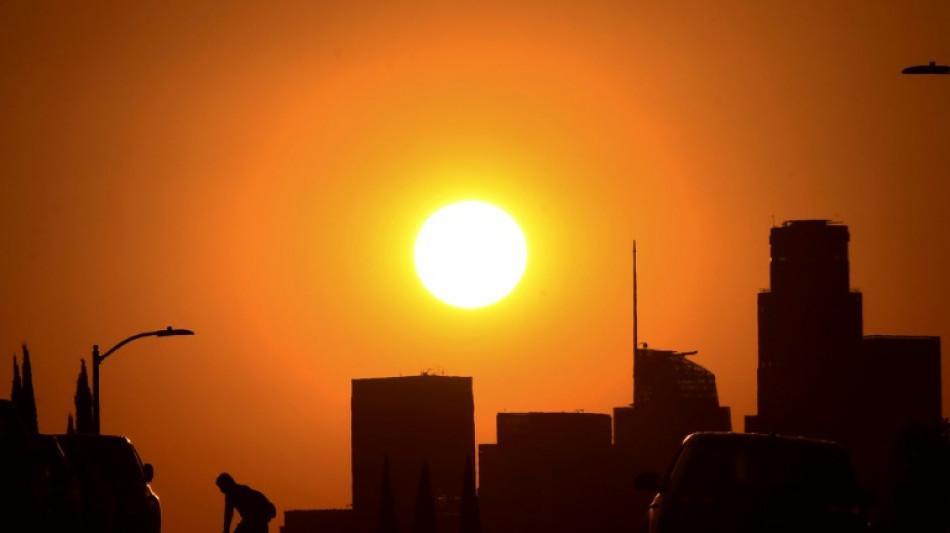
-
 Weakening Typhoon Fung-wong exits Philippines after displacing 1.4 million
Weakening Typhoon Fung-wong exits Philippines after displacing 1.4 million
-
Lenny Wilkens, Basketball Hall of Famer as player and coach, dies

-
 Griffin wins PGA Mexico title for third victory of the year
Griffin wins PGA Mexico title for third victory of the year
-
NFL makes successful return to Berlin, 35 years on

-
 Lewandowski hat-trick helps Barca punish Real Madrid slip
Lewandowski hat-trick helps Barca punish Real Madrid slip
-
George warns England against being overawed by the All Blacks

-
 Lewandowski treble helps Barca beat Celta, cut gap on Real Madrid
Lewandowski treble helps Barca beat Celta, cut gap on Real Madrid
-
Neves late show sends PSG top of Ligue 1, Strasbourg down Lille

-
 Inter go top of Serie A after Napoli slip-up
Inter go top of Serie A after Napoli slip-up
-
Bezos's Blue Origin postpones rocket launch over weather
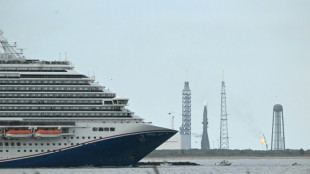
-
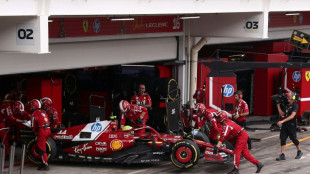 Hamilton upbeat despite 'nightmare' at Ferrari
Hamilton upbeat despite 'nightmare' at Ferrari
-
Taylor sparks Colts to Berlin win, Pats win streak hits seven

-
 Alcaraz and Zverev make winning starts at ATP Finals
Alcaraz and Zverev make winning starts at ATP Finals
-
Protests suspend opening of Nigeria heritage museum
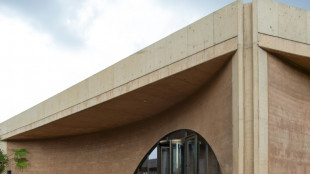
-
 Undav brace sends Stuttgart fourth, Frankfurt win late in Bundesliga
Undav brace sends Stuttgart fourth, Frankfurt win late in Bundesliga
-
Roma capitalise on Napoli slip-up to claim Serie A lead

-
 Liverpool up for the fight despite Man City masterclass, says Van Dijk
Liverpool up for the fight despite Man City masterclass, says Van Dijk
-
Two MLB pitchers indicted on manipulating bets on pitches

-
 Wales rugby captain Morgan set to be sidelined by shoulder injury
Wales rugby captain Morgan set to be sidelined by shoulder injury
-
After storming Sao Paulo podium, 'proud' Verstappen aims to keep fighting

-
 US flights could 'slow to a trickle' as shutdown bites: transport secretary
US flights could 'slow to a trickle' as shutdown bites: transport secretary
-
Celtic close on stumbling Scottish leaders Hearts

-
 BBC chief resigns after row over Trump documentary
BBC chief resigns after row over Trump documentary
-
Norris extends title lead in Sao Paulo, Verstappen third from pit-lane
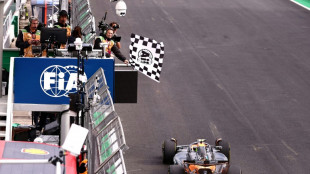
-
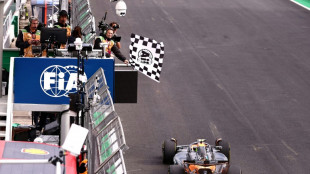 Norris wins in Sao Paulo to extend title lead over Piastri
Norris wins in Sao Paulo to extend title lead over Piastri
-
Man City rout Liverpool to mark Guardiola milestone, Forest boost survival bid

-
 Man City crush Liverpool to mark Guardiola's 1,000 match
Man City crush Liverpool to mark Guardiola's 1,000 match
-
Emegha fires Strasbourg past Lille in Ligue 1

-
 Howe takes blame for Newcastle's travel sickness
Howe takes blame for Newcastle's travel sickness
-
Pumas maul Wales as Tandy's first game in charge ends in defeat

-
 'Predator: Badlands' conquers N. American box office
'Predator: Badlands' conquers N. American box office
-
Liga leaders Real Madrid drop points in Rayo draw

-
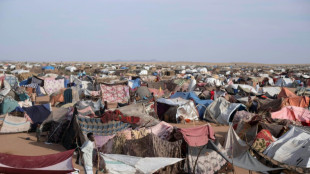 'Killed on sight': Sudanese fleeing El-Fasher recall ethnic attacks
'Killed on sight': Sudanese fleeing El-Fasher recall ethnic attacks
-
Forest boost survival bid, Man City set for crucial Liverpool clash

-
 US air travel could 'slow to a trickle' as shutdown bites: transport secretary
US air travel could 'slow to a trickle' as shutdown bites: transport secretary
-
Alcaraz makes winning start to ATP Finals

-
 'I miss breathing': Delhi protesters demand action on pollution
'I miss breathing': Delhi protesters demand action on pollution
-
Just-married Rai edges Fleetwood in Abu Dhabi playoff

-
 All aboard! Cruise ships ease Belem's hotel dearth
All aboard! Cruise ships ease Belem's hotel dearth
-
Kolo Muani drops out of France squad with broken jaw

-
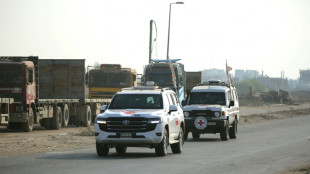 Israel receives remains believed to be officer killed in 2014 Gaza war
Israel receives remains believed to be officer killed in 2014 Gaza war
-
Dominant Bezzecchi wins Portuguese MotoGP

-
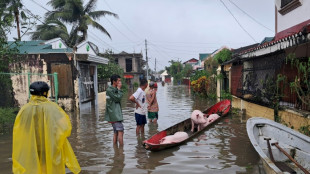 Super Typhoon Fung-wong makes landfall in Philippines
Super Typhoon Fung-wong makes landfall in Philippines
-
Rai edges Fleetwood in Abu Dhabi playoff

-
 Scotland sweat on Russell fitness ahead of Argentina clash
Scotland sweat on Russell fitness ahead of Argentina clash
-
Faker's T1 win third back-to-back League of Legends world crown

-
 Former world champion Tanak calls time on rally career
Former world champion Tanak calls time on rally career
-
Ukraine scrambles for energy after Russian attacks
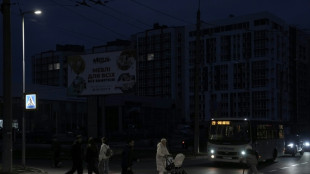
-
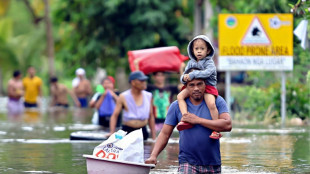 Over 1 million evacuate as deadly Super Typhoon Fung-wong nears Philippines
Over 1 million evacuate as deadly Super Typhoon Fung-wong nears Philippines
-
Erasmus' ingenuity sets South Africa apart from the rest


Climate: Could moon dust keep Earth cool?
Whether out-of-the-box thinking or a sign of desperation, scientists on Wednesday proposed the regular transport of moon dust to a gravity point between Earth and Sun to temper the ravages of global warming.
Ideas for filtering solar radiation to keep Earth from overheating have been kicking around for decades, ranging from giant space-based screens to churning out reflective white clouds.
But the persistent failure to draw down planet-warming greenhouse gas emissions has pushed once-fanciful geoengineering schemes toward centre stage in climate policy, investment and research.
Blocking one to two percent of the Sun's rays is all it would take to lower Earth's surface by a degree or two Celsius -- roughly the amount it has warmed over the last century.
The solar radiation technique with the most traction so far is the 24/7 injection of billions of shiny sulphur particles into the upper atmosphere.
So-called stratospheric aerosol injection would be cheap, and scientists know it works because major volcanic eruptions basically do the same thing. When Mount Pinatubo in the Philippines blew its top in 1991, it lowered temperatures in the northern hemisphere by about 0.5C for nearly a year.
But there are serious potential side-effects, including the disruption of rain patterns upon which millions depend for growing food.
However, a new study in the peer-reviewed journal PLOS Climate explores the possibility of using moon dust as a solar shield.
A team of astronomers applied methods used to track planet formation around distant stars -- a messy process that kicks up vast quantities of space dust -- to Earth's moon.
Computer simulations showed that putting lunar dust at a gravitational sweet spot between Earth and Sun "blocked out a lot of sunlight with a little amount of mass", said lead author Ben Bromley, a professor of physics at the University of Utah.
- 'Balancing marbles' -
The scientists tested several scenarios involving different particle properties and quantities in different orbits, looking for the one that would throw the most shade.
Moon dust worked best. The quantities needed, they said, would require the equivalent of a major mining operation on Earth.
The authors stressed that their study was designed to calculate potential impact, not logistical feasibility.
"We aren't experts in climate change or rocket science," said co-author Benjamin Bromley, a professor at the Harvard-Smithsonian Center for Astrophysics.
"We were just exploring different kinds of dust on a variety of orbits to see how effective this approach might be," he added. "We don't want to miss a game changer for such a critical problem."
Experts not involved in the study praised its methodology but doubted whether it would actually work.
"Placing moon dust at the gravity mid-point between Earth and Sun, can indeed reflect heat," said University of Edinburgh professor Stuart Haszeldine.
"But this is like trying to balance marbles on a football -- within a week most dust has spun out of stable orbit."
For Joanna Haigh, an emeritus professor of atmospherics at Imperial College London, the study is a distraction.
The main problem, she said, "is the suggestion that the implementation of such schemes will solve the climate crisis whereas it just gives polluters an excuse not to act."
S.Gregor--AMWN
